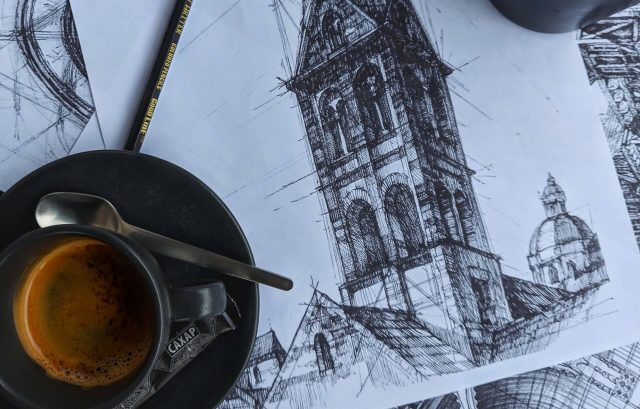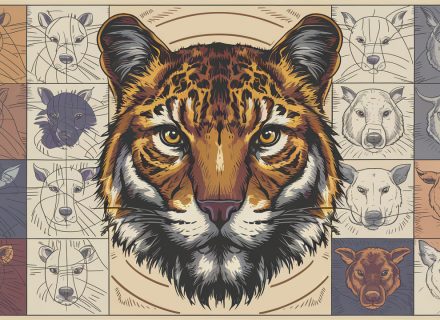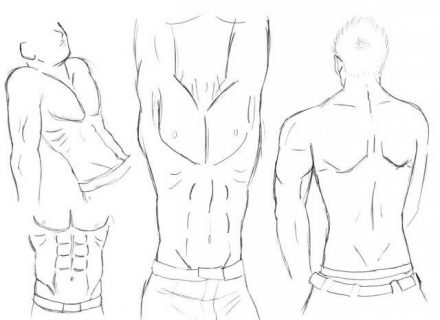As an artist, you possess a remarkable ability to transform blank canvases into windows into new worlds. Yet, there’s a magical ingredient that can take your art from mere drawings to captivating dimensions – depth perception. Imagine turning a flat surface into a realm where subjects come alive, where spaces stretch beyond the canvas. In this enlightening journey, we’ll delve deep into the techniques that breathe life and depth into your creations.
Unlocking the Illusion of Depth
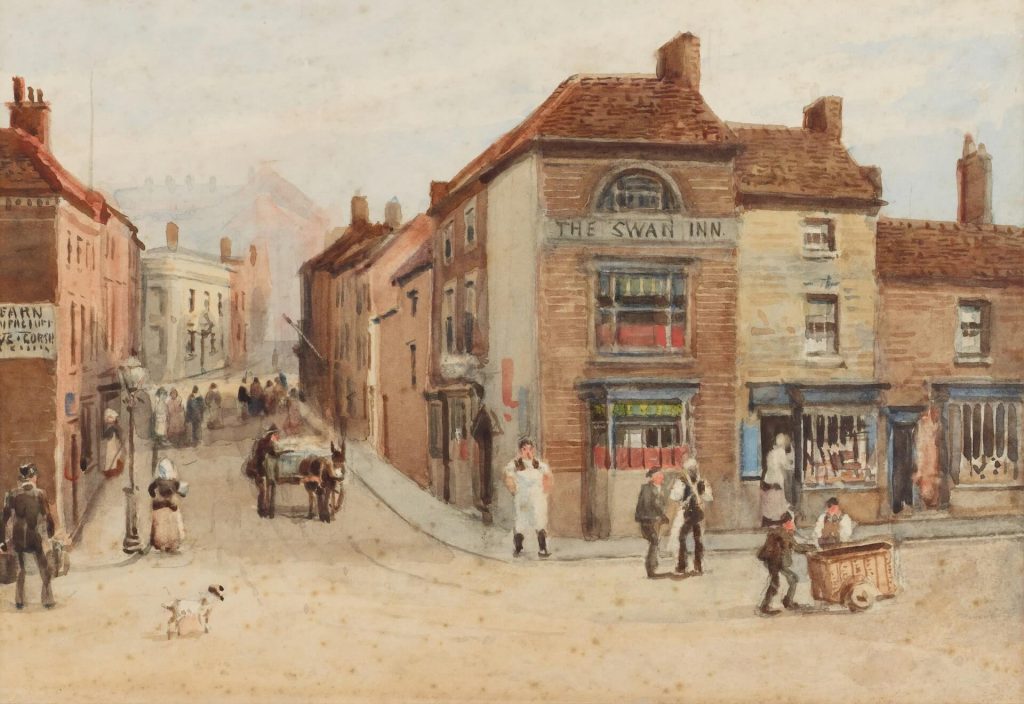
Linear Perspective: Crafting Worlds Beyond the Canvas
Linear perspective is a fundamental concept that underpins the very idea of depth perception. It’s a technique that lets you mimic how objects appear to recede into the distance in reality. By converging lines toward a vanishing point, you craft a sense of depth that guides the viewer’s eye into the heart of your composition. This powerful tool comes in various forms – one-point perspective for simple scenes, two-point for more complex arrangements, and three-point for scenes with a strong vertical presence.
Size and Overlapping: The Dance of Proximity
Understanding the principle of size and overlapping is essential for creating a believable sense of space. Objects that are closer to the viewer naturally appear larger, while those farther away seem smaller. By skillfully manipulating sizes, you can instantly suggest depth. Overlapping objects in a scene further enhance this perception, hinting that one object is positioned in front of another. This subtle dance of proximity and layering allows you to craft scenes that feel truly immersive.
The Art of Atmospheric Ambiance
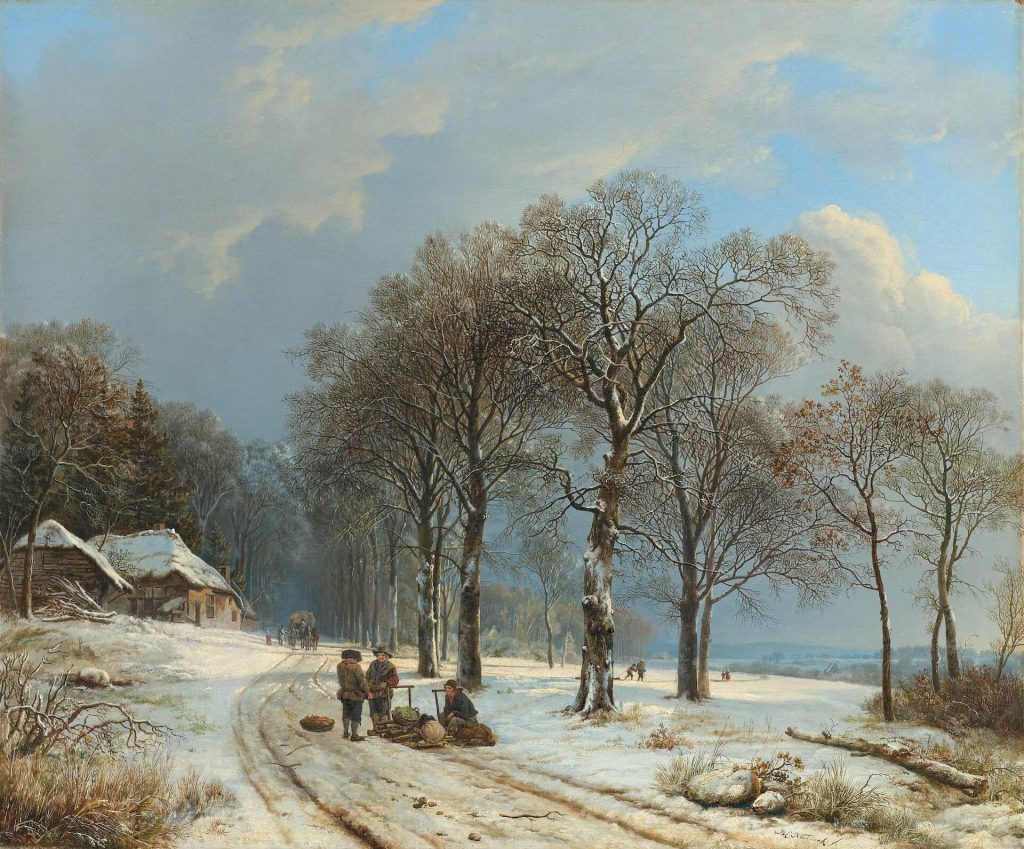
Atmospheric Perspective: Painting with Air
The atmosphere plays a significant role in how we perceive distance. The atmospheric perspective harnesses this phenomenon to infuse your art with depth. As objects recede into the background, they gradually lose contrast, saturation, and detail. The result is a softening effect that creates the illusion of depth and distance. This technique is particularly potent when painting landscapes or scenes with varying planes. By mastering atmospheric perspective, you create a nuanced world where distant elements embrace a tranquil, ethereal quality.
Mastering the Play of Light and Shadow
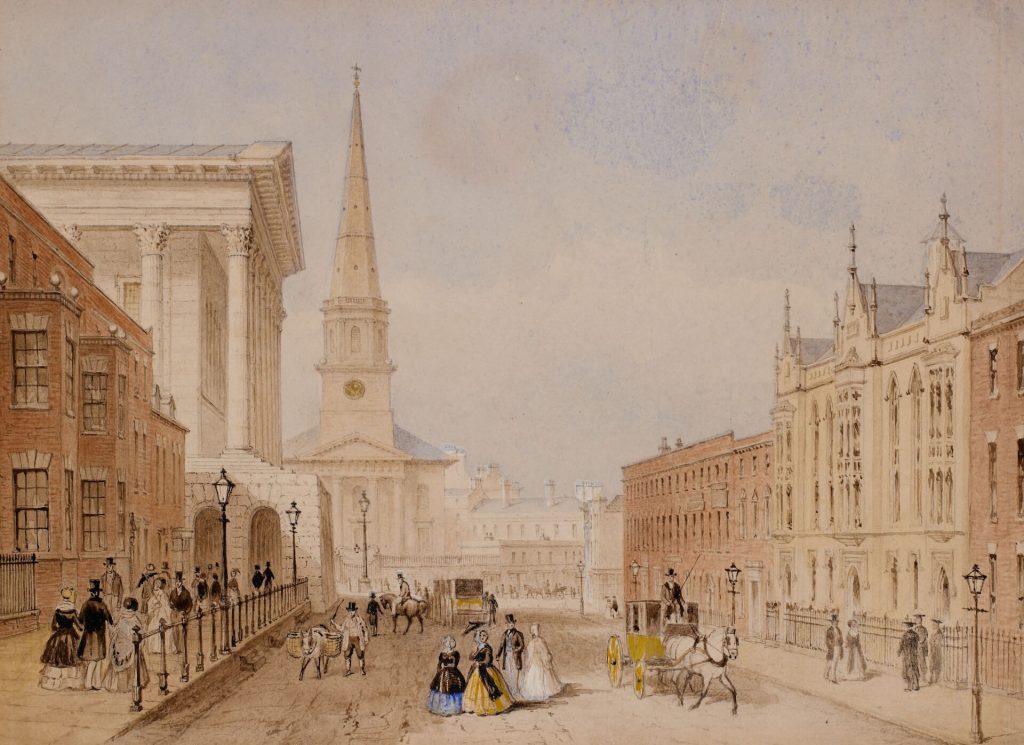
Value Contrast: Sculpting with Light
Light and shadow are your sculptor’s tools for transforming flat shapes into three-dimensional forms. Varying degrees of light and shadow, referred to as values, breathe life into your drawings. Strong highlights and deep shadows create a stark contrast that adds a tangible sense of dimension to your subjects. By playing with these values, you breathe life into your art, making it appear as if you could reach out and touch the objects you’ve created.
Shading and Lighting: Crafting Dimensions
Mastery of shading and lighting is pivotal in conveying depth and form. By observing how light interacts with different surfaces and angles, you become a storyteller of dimension. Shading isn’t just about filling in areas with darkness; it’s about understanding the behavior of light and how it defines the shape of objects. Through strategic shading, you create a bridge that transports your audience into the world you’ve meticulously crafted.
The Multifaceted Realm of Texture
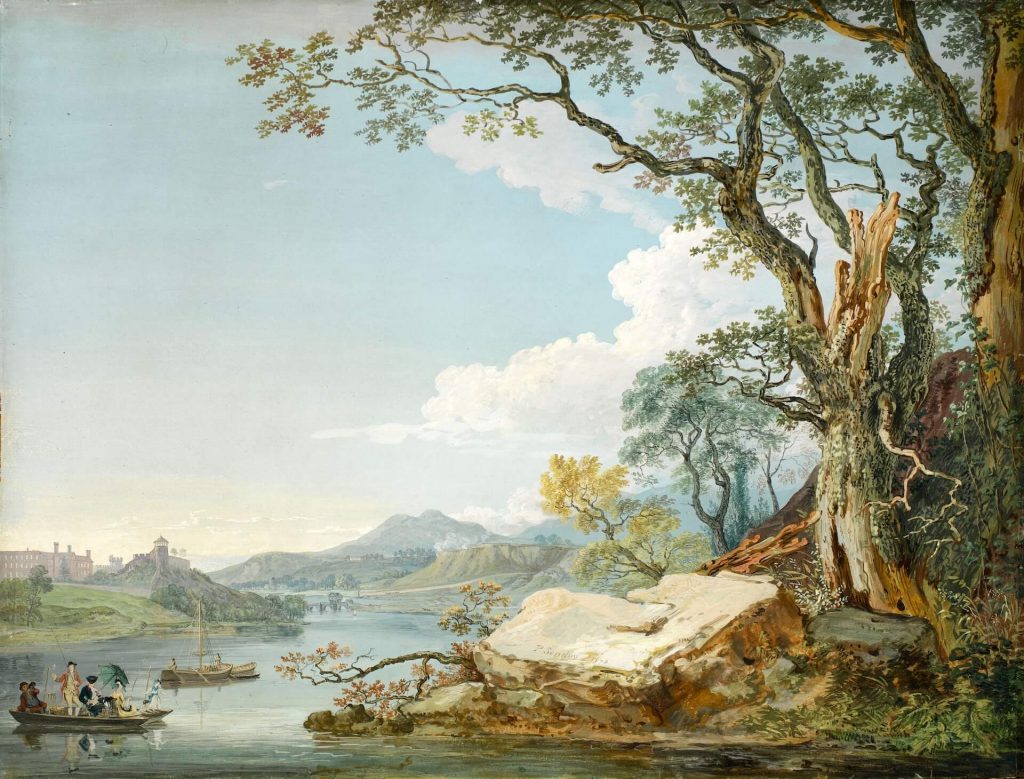
Texture Gradient: From Vivid to Vague
Textures are the tactile language of your art, and they play a pivotal role in depth perception. As objects move into the distance, their textures soften and become less distinct. This texture gradient, where details gradually dissolve, enriches the illusion of depth. Whether it’s the coarse surface of a stone wall or the softness of a distant cloud, leveraging the texture gradient transports your viewers into the layers of your composition.
Forging Space with Scale and Proportion
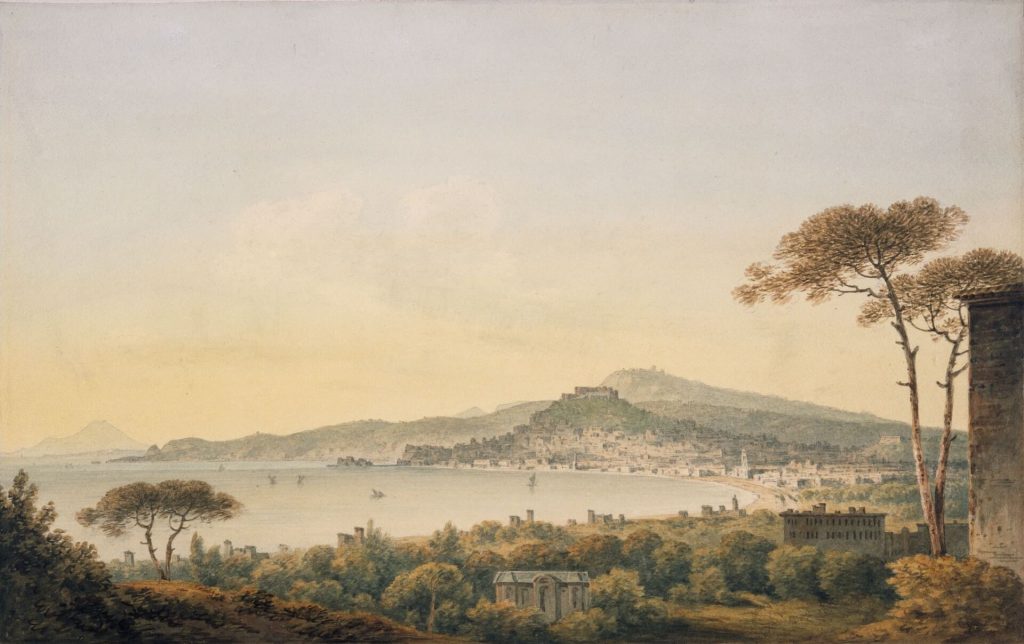
Scale and Proportion: The Architects of Reality
Proportion is the silent conductor that guides the orchestra of your composition. A deep understanding of how objects relate to each other in terms of size is crucial for crafting scenes that mirror reality. Accurate proportions provide the foundation for building depth, allowing you to place objects convincingly within the context of your artwork. When viewers perceive objects with familiar proportions, the space between them gains authenticity, reinforcing the depth perception you’ve woven into your art.
Foreground, Middle Ground, Background: The Symphony of Space
The division of your composition into foreground, middle ground, and background is akin to painting with layers of depth. Objects in the foreground are more detailed, while those in the middle ground and background become progressively less defined. This symphony of layers adds harmony to your artwork, beckoning viewers to journey through the spatial tapestry you’ve meticulously composed.
Guiding the Eye with Design Elements
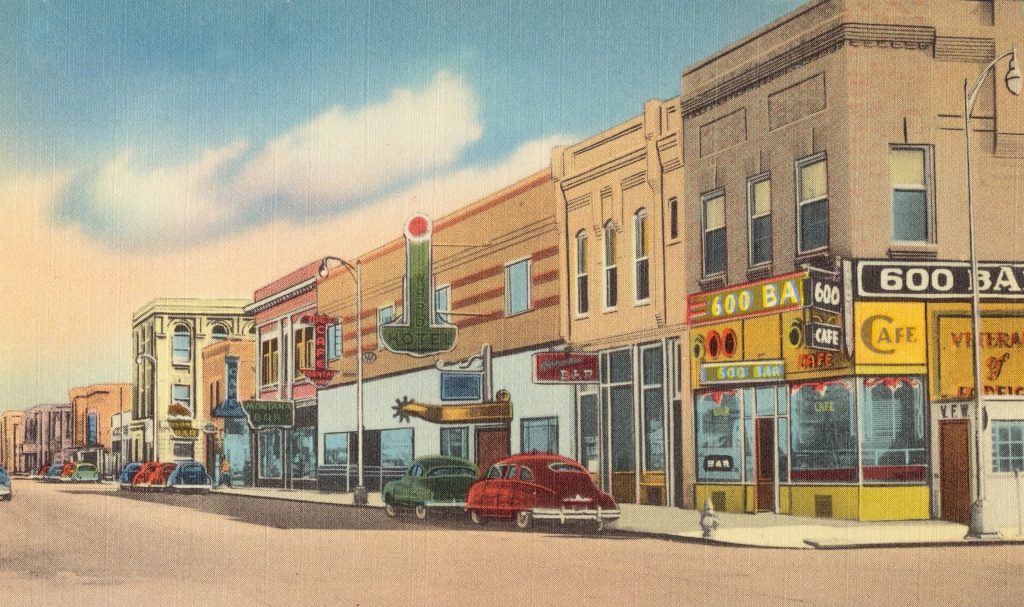
Diagonal Lines: Motion and Depth
Diagonal lines are dynamic forces that introduce movement and depth into your drawings. They guide the viewer’s gaze, leading them on a visual journey into your composition. By skillfully incorporating diagonal elements, you can create a sense of motion and flow that transcends the boundaries of the canvas. These lines transform static scenes into dynamic narratives, adding an extra dimension to your art.
Realism from Reality: Observational Wisdom
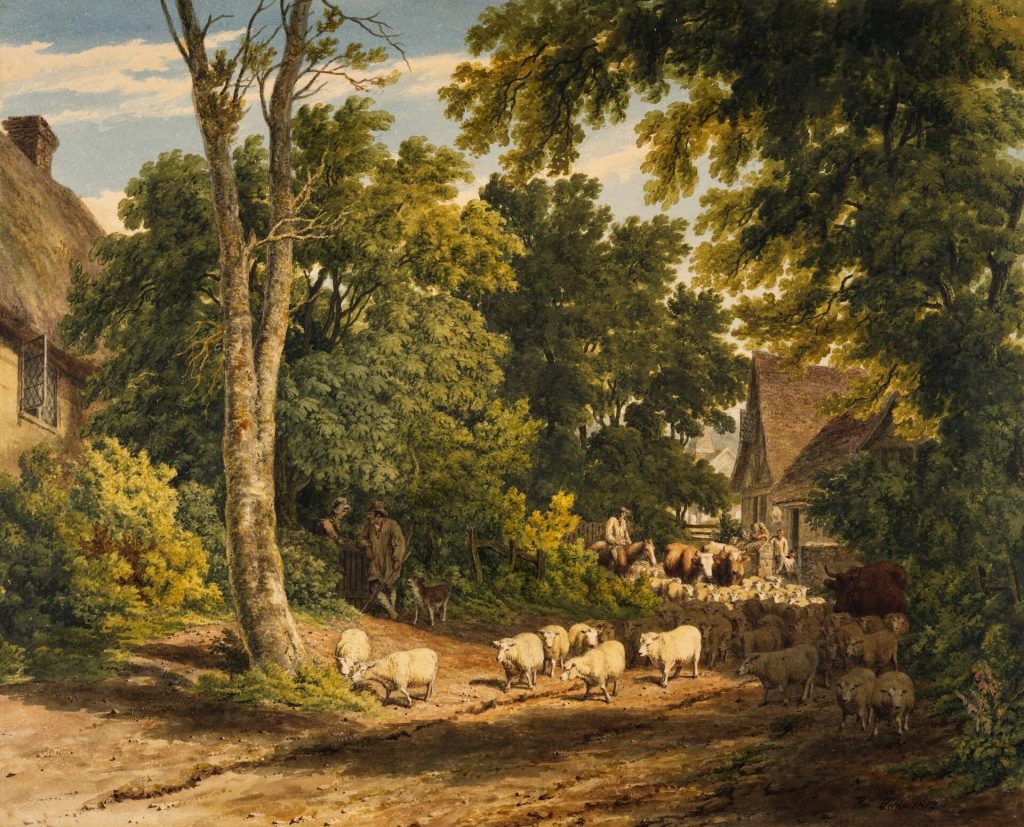
Study Real Life: Nature as Your Guide
Nature is the ultimate mentor for understanding depth perception. Spend time observing the world around you – the interplay of light, the way hues shift with distance, and how textures change as objects recede. As you absorb these intricate details, you gain invaluable insights into replicating reality on your canvas. Nature becomes your guiding light, illuminating the path to creating art that resonates with the human eye’s perception of the world.
Practicing and Perfecting
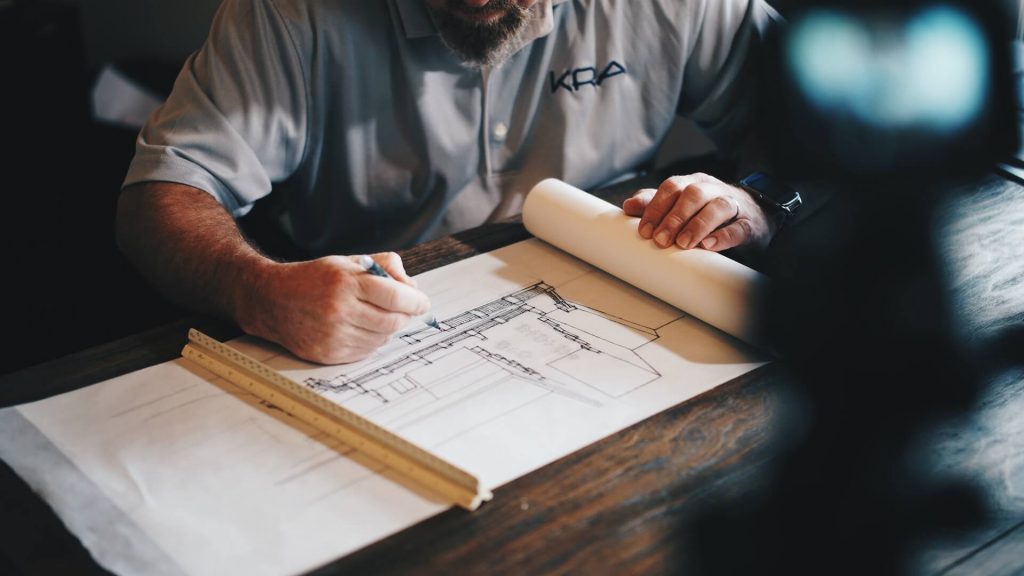
Practice Depth Exercises: Pioneering Your Craft
Mastery is born from practice. Engage in exercises that challenge your comprehension of depth perception. Start with simple scenes featuring cubes, spheres, or cylinders in varying perspectives. These exercises lay the groundwork for confidently applying depth techniques to more complex subjects, providing you with a solid foundation that bridges theory and artistic prowess.
Visual Reference: A Learning Compass
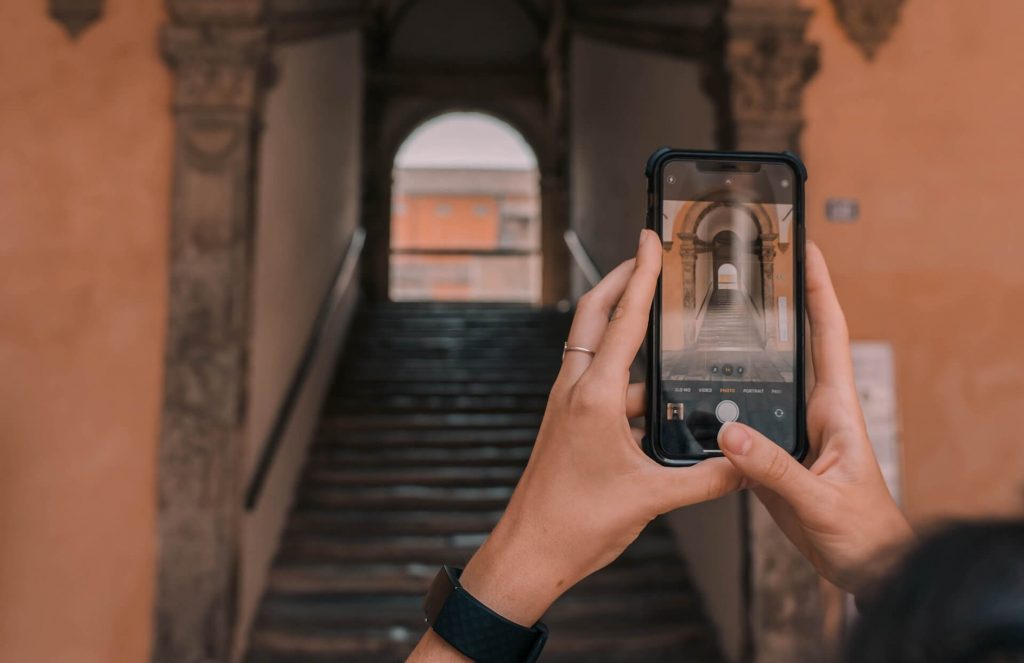
Reference Photos: Illuminating Insights
Photographs hold a treasury of insights into depth perception. Dive into the world of reference photos and dissect their play of light, perspective, and texture. Analyze how they portray depth and reimagine these insights in your own artwork. Reference photos serve as your compass, guiding you through uncharted artistic territories and helping you refine your mastery of depth perception.
Conclusion
Embarking on the journey from flat to fabulous is a transformative experience. With every stroke of your pencil, you transcend the boundaries of the canvas, shaping a world that beckons viewers to explore its depths. Depth perception is your artistic elixir, the secret potion that turns ordinary sketches into captivating realms. So, embrace these techniques, immerse yourself in practice, and let the enchantment of depth perception elevate your art from mere drawings to mesmerizing dimensions. Through dedication and passion, you’re poised to become an artist who defies the constraints of the two-dimensional and conjures worlds that inspire and astonish.
